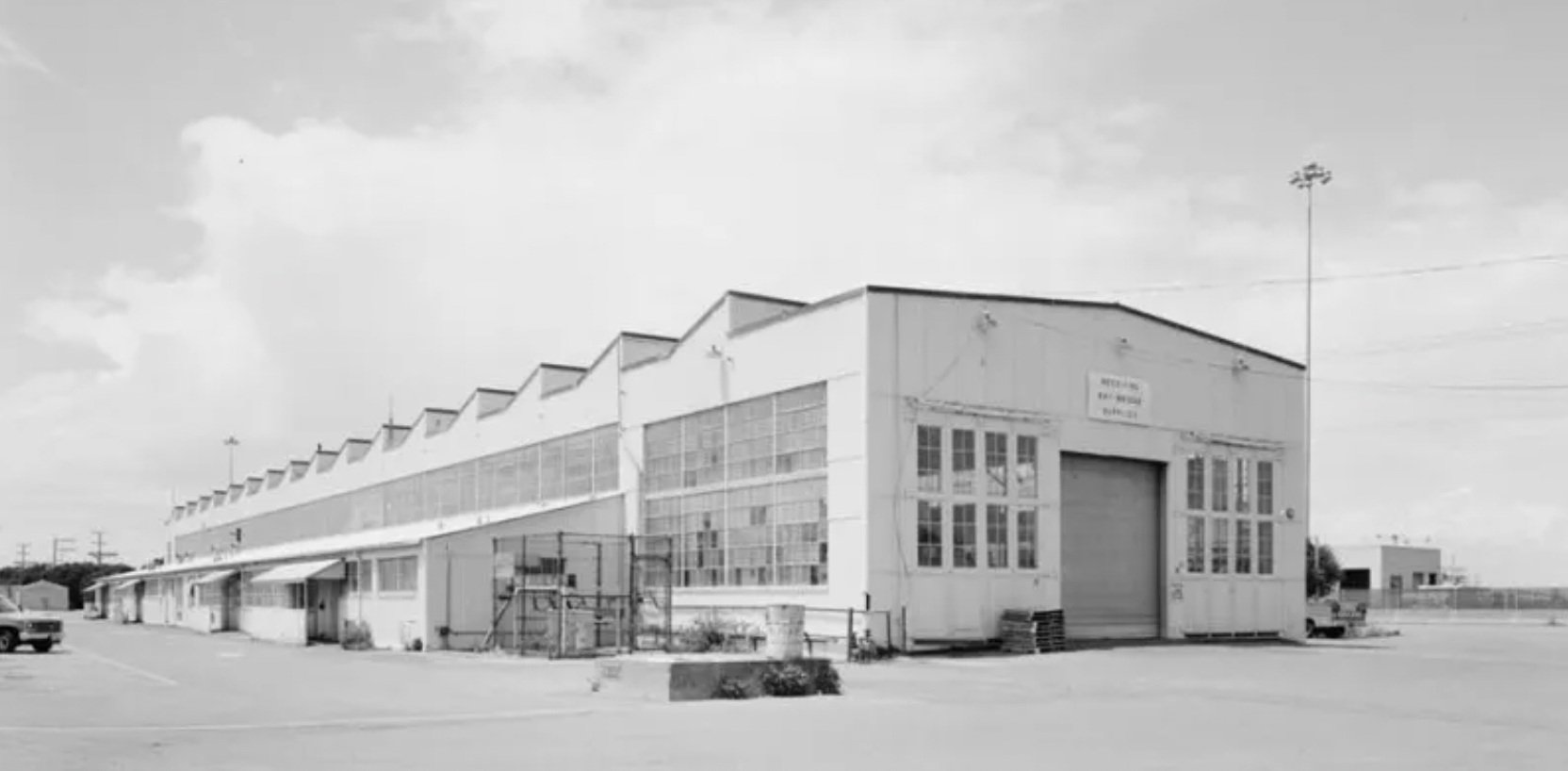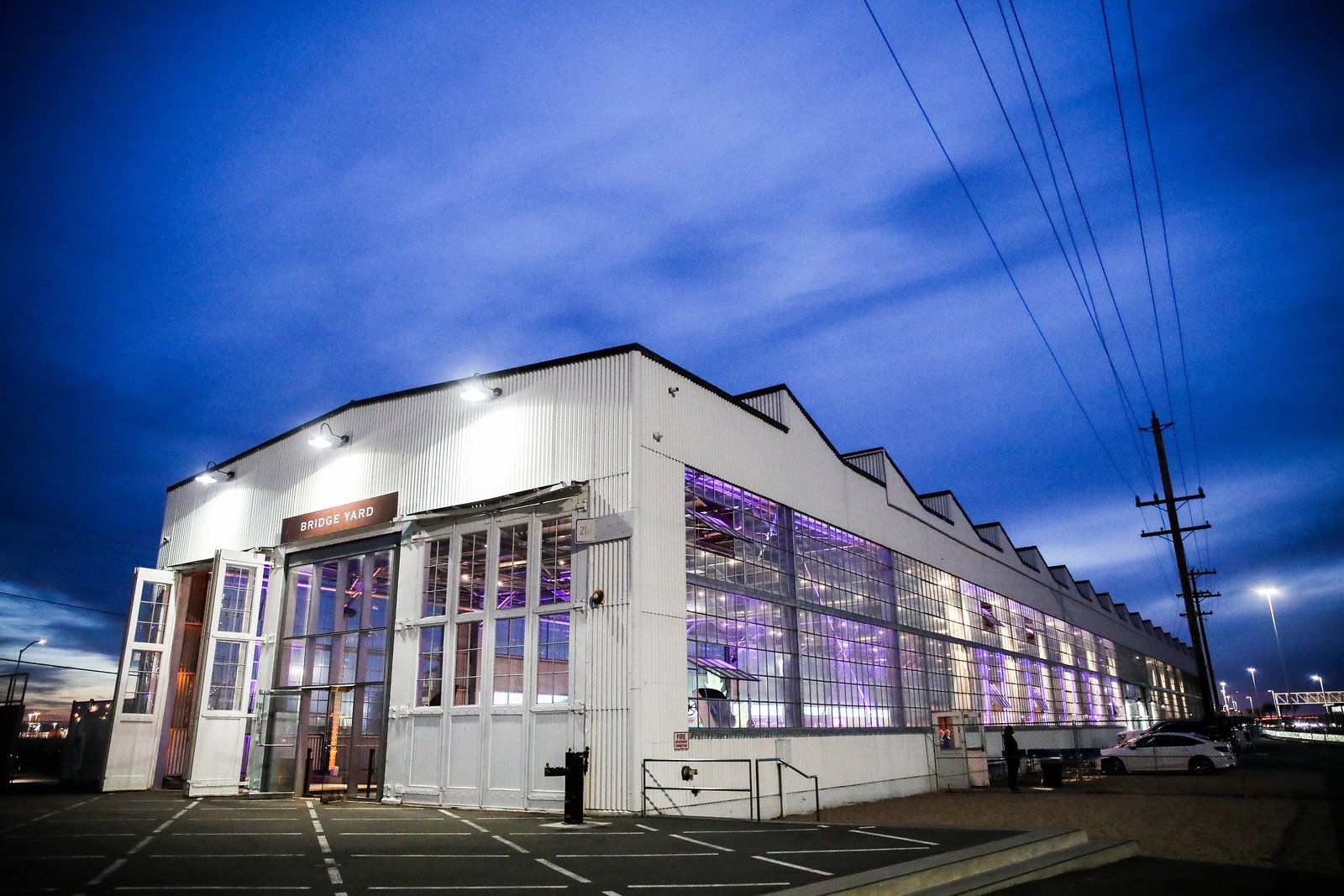
Imagine it’s 1903… before Bart, before AC Transit, before the Bay Bridge was even a dream. How long do you think it would take to get from Downtown Berkeley to the SF Ferry building? An hour? Two hours?
The answer: 35 minutes.
In 35 minutes you could hop onto a streetcar run by the Key System that would follow a rail south and continue east past the shore and onto a wharf that extended deep into the San Francisco Bay, almost two thirds of the way to Yerba Buena Island. There you would transfer onto a ferry that would go straight to the SF Ferry Building.
For 50 years, the Key System was the way to get around the East Bay. In 1893, Borax king Francis Marion Smith started purchasing and consolidating railroads and streetcar lines throughout the rapidly expanding East Bay. By 1903, service began on a network of ferryboats and electric trains, connecting the patchwork of neighborhoods and providing a fast route to San Francisco.
The Key System Mole (aka Pier) and Ferry Terminal was a crucial juncture, located just where the Bay Bridge is anchored today. In 1933 two fires (one of suspicious origin) broke out on the Mole, causing over 1.25 million dollars in damage. In 1939, ferry service was replaced by streetcars running across the lower deck of the new Bay Bridge. It’s around this time when a new facility was built at the base of the bridge, called the Inter-urban Electric Rail Bridge Yard Shop. The facility was dedicated to storing, repairing, and inspecting the rolling stock that was constantly crossing the bay. But the days of the streetcar were numbered. In 1946, a company called National City Lines purchased a 64% share of the company.
Around this time, service started deteriorating, trains were crowded, and tracks fell into disrepair. Streetcars were retired and replaced by busses. A year later, National City Lines was exposed as a front for General Motors, Firestone Tire, and Phillips Petroleum, all integral parts of the automotive industry, and was ultimately convicted of conspiracy to monopolize public transit.
For the past 60 years the Bridge Yard building at the base of the Bay Bridge, once home to a fleet of bustling streetcars sat idle.
But in 2017, Caltrans and the East Bay Regional Park District started plans to reimagine this historic building as the hub for the new Gateway Park.
With sweeping views of the bay and both San Francisco and Oakland, the space has won accolades and awards for its site-specific renovation, with nods to its streetcar history as well as reclaimed artifacts from the construction of the new Bay Bridge.




